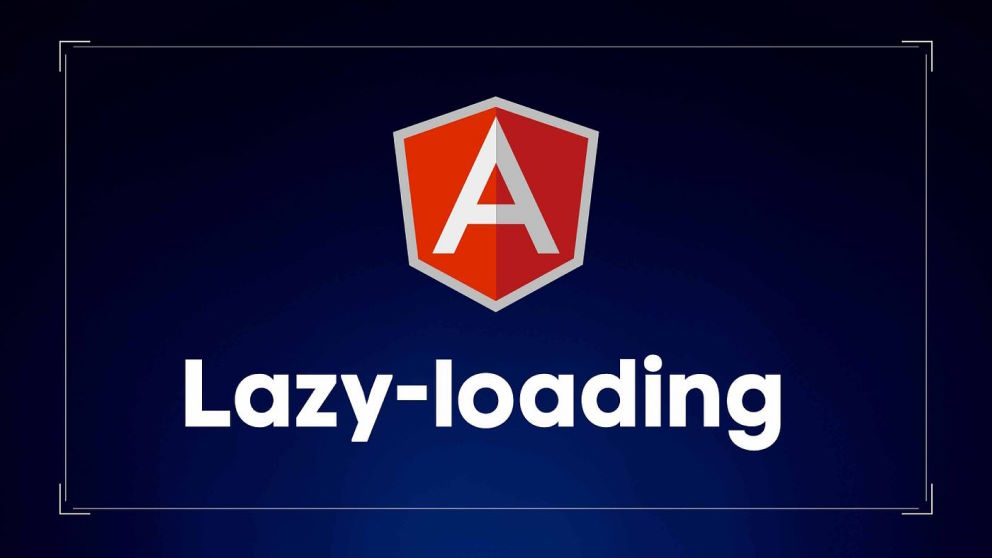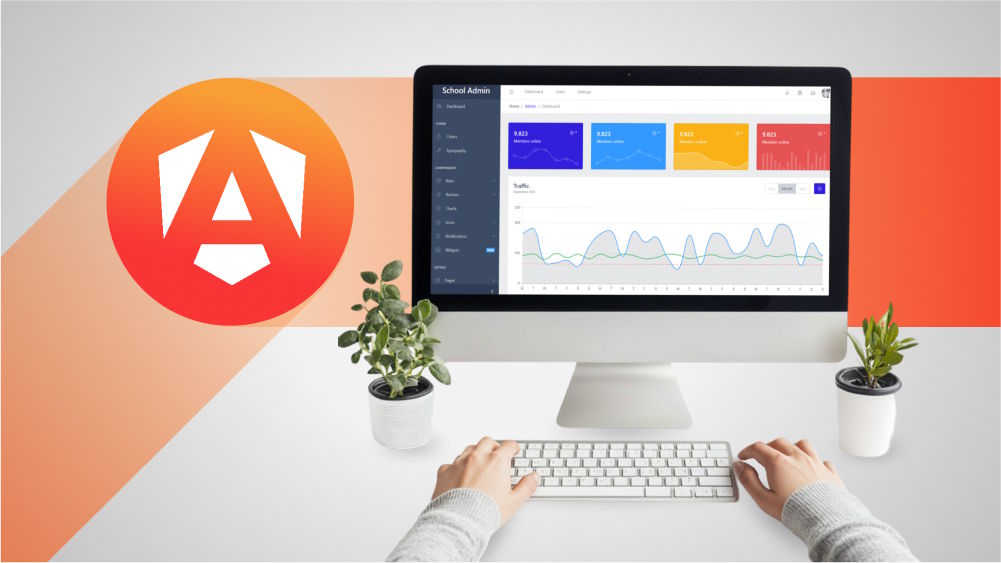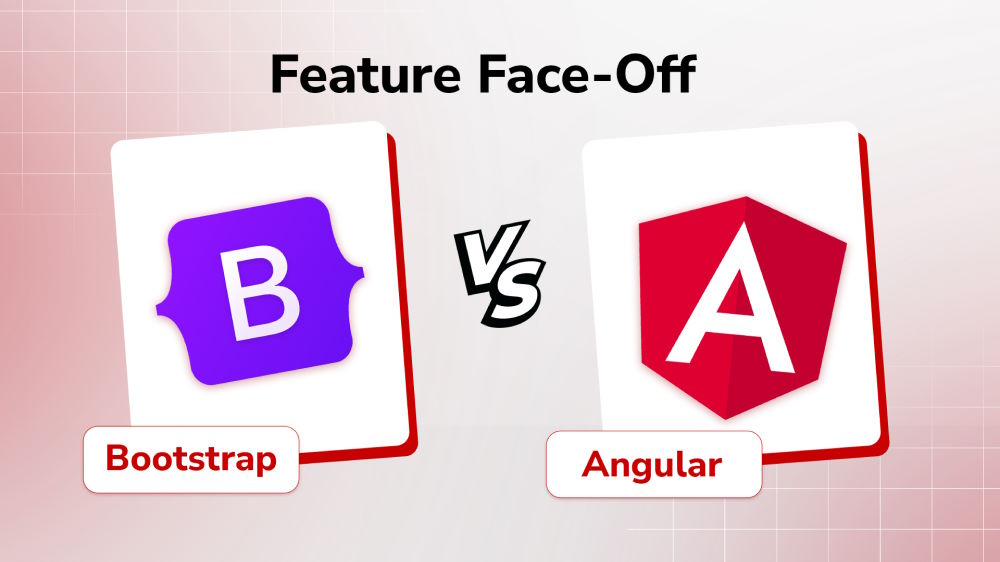Discover the True Potential of Lazy Loading in Angular Projects

Content Map
More chaptersHaving a fast-loading app is essential to keeping your users engaged. However, there are some roadblocks that can hold back developers from achieving this goal. This can be seen in the programming language Angular, which (by default) creates Single-page Applications (SPAs) that load all of the components on a page at once, resulting in increased loading times.
Fortunately, there are many techniques that developers can use to boost the performance of their apps, of which lazy loading is one of those techniques. It aims to reduce loading times by forcing an app to load only the most essential components that a user needs in order to interact with the app. Read on to learn more about it.
What Is Lazy Loading in Angular?

Lazy loading is a feature in Angular that limits the amount of components that load in an app. The purpose of lazy loading is to optimize resource usage and speed up loading times by loading only the most essential components in an app.
From the perspective of a user, what is considered “essential” would be the parts on the screen they can see and interact with. This approach is in stark contrast to eager loading, the default loading option in Angular, where all of the components on a page are loaded before the user can engage with the app.
Incorporating lazy loading into an Angular app can not only help optimize resource usage and speed up loading times; it can also make the app compatible with more devices, especially older devices with less memory and computing power than newer devices. Lazy loading may also benefit users who live and work in areas with slow bandwidth speeds.
How Lazy Loading Works
Angular, by default, uses eager loading, a feature that forces an app to load all of its components at once. This means if developers wish to use lazy loading in their projects, they must do so manually. To do this, developers must follow a precise series of steps whilst coding.
The most important step is to create and use NgModules – groups of files and code that point to a specific domain – and then app-routing Angular to load those feature modules at specific times, depending on the user’s input. NgModules are commonly used in Angular development but are also time-consuming to incorporate, which is why not every app uses them.
In the context of viewing a single page, an Angular developer would instruct the page to load only the most essential components. That is, until the user scrolls down, to which the app will then load more content. Also, a lazy loaded feature module may help speed up loading times when moving from page to page, where, upon loading a new page, the app will only load the components that appear at the top of the page until the user navigates elsewhere.
What Are the Pros & Cons of Lazy Loading in Angular?
There are many advantages and disadvantages to using lazy loading in Angular. Its main advantages are being able to speed up loading times, optimize resource usage, and potentially improve SEO rankings. That said, there are some disadvantages that developers should consider before they decide to implement lazy loading into their apps.
Let’s take a closer look at where developers should (and shouldn’t) use lazy loading in their projects.
Advantages
Faster Loading Times
Angular apps with lady loading can load pages faster than apps without lazy loading. When the app pages are opened for the first time, they load only the most essential components – the parts that a user can see and interact with. It is only until the user scrolls down the page or navigates elsewhere that more content will be loaded. By eliminating the need to load everything at once, as is the case for eager loading, this can significantly reduce loading times.
Improved SEO Ranking
Websites loading fast are more likely to achieve a high search engine ranking. Why? Because users are more likely to stick around if wait times are short. In fact, loading times are so important that Google and Bing use page loading times as a ranking factor.
You can even use Google Chrome, specifically Lighthouse (an open-source automated tool for reviewing web pages), to assess your Largest Contentful Paint (LCP) score, a metric that determines how long it takes for visual elements to “paint” your web pages.
Optimized Resource Management
Lazy loading uses less upfront bandwidth and processing power than eager loading. It loads content at a slower, more gradual pace, as opposed to all at once. This makes it easier for certain apps to run on older devices. With lazy load, it makes the app more accessible to users who live and work in areas with slow network tab speeds.
Disadvantages
May Struggle to Keep up with Fast Actions
Although lazy loading enables content to load quickly (by loading only the most essential components), there is a drawback to this tradeoff. There is the potential that if the user scrolls down the page too quickly, they may have to wait a few seconds for new content to load.
By contrast, eager loading loads up all page content at once, thus eliminating the risk of further waiting once the user scrolls down.
Requires Additional Coding & Labor
Since lazy loading is not enabled by default in Angular, developers must manually incorporate the feature into their projects.
Naturally, this may increase the amount of time, money, and resources needed to build an app with lazy loading. So, depending on the size and complexity of the app, the extra time spent on incorporating lazy loading into it may not be worth the effort – especially if it has few core functions and pages. Therefore, eager loading may be sufficient.
Is Lazy Loading the Only Way to Speed Up Apps & Websites?
The great thing about software development is that there are so many ways to improve an application, and this is definitely the case for loading times. So yes, there is more than one way to increase loading times for Angular apps and websites, which goes beyond the simple act of using lazy loading.
Here are a few other performance-enhancing techniques for Angular apps and websites:
Minification
When writing JavaScript code in Angular, there are many characters – e.g., white spaces, comments, block delimiters – that exist purely for readability but are inessential for functionality.
Minification is a simple and effective way to remove unnecessary characters and ignore unreachable code (code that cannot be executed because there is no control path to connect it to the rest of the code). The result is cleaner code and faster page loading and execution times.
Code Splitting
As custom web application development becomes more complicated and includes more features, JavaScript file sizes increase, and so do the waiting times. To combat this issue, Angular has a useful feature called Code Splitting, which allows developers to break down their code snippets into smaller, more manageable parts that are gradually loaded as the user navigates the app.
On the surface, this sounds just like lazy loading modules, as it relates to the gradual loading of individual components, and yes, the two functions definitely work together in tandem. But there is a difference; code splitting helps reduce the size of modules, while lazy loading gradually loads up lazy-loaded modules as they are needed by the user.
Enable OnPush Change Detection
By default, Angular will routinely check for changes every time there is an update to the view, and while this process is relatively fast during the early stages of development, as your app grows bigger, this task begins to take longer to complete.
One way to overcome this issue is to enable OnPush Change Detection, a feature that forces Angular to only check for changes when they occur in certain parameters, the @input parameters, to be precise. It can also be used so that changes are only checked manually.
Why Choose Orient Software for Angular Development?

By now, you should know what lazy loading in Angular is and how it can help increase the performance and quality of your app. Of course, there is more to just choosing the right tools for a software development project; you need the right people who can use those tools well.
That’s why you need a software development company that is an expert in Angular development. At Orient Software, our Angular developers in Vietnam have years of experience. Here are a few reasons why you should consider us for your next Angular project.
Dynamic Web Experiences
Our team is an expert in creating dynamic web experiences. We enhance the user experience by incorporating interactive components that leave a memorable impression on the user. These include interactive components like built-in chat functionality, uninterrupted scrolling (ideal for news publications with an endless array of articles), and one-click checkout features for e-commerce stores.
Streamlined Web Development
We use Angular to streamline the web development process. How? By using modules and libraries to help reduce time spent on manual coding and, in turn, help keep development costs down. Also, these modules not only enable us to work faster but also provide room for us to experiment – ideal for Agile-driven projects with flexible scopes and requirements.
Safe & Secure Apps
The safety and security of your application is essential to protecting your (and your users) valuable data. To achieve this, we incorporate a range of security measures designed to protect your app from internal and external threats, such as using RESTful (Representational State Transfer) APIs as an HTTPS interface.
This means that libraries and other software are stored externally, on a server, as opposed to locally. Plus, the server can only be accessed by those with the authorization to do so, eliminating the risk of a lazy loaded module or library creating vulnerabilities.
For more information about Orient Software’s Angular web application development services, contact us today.







